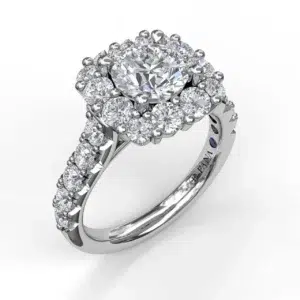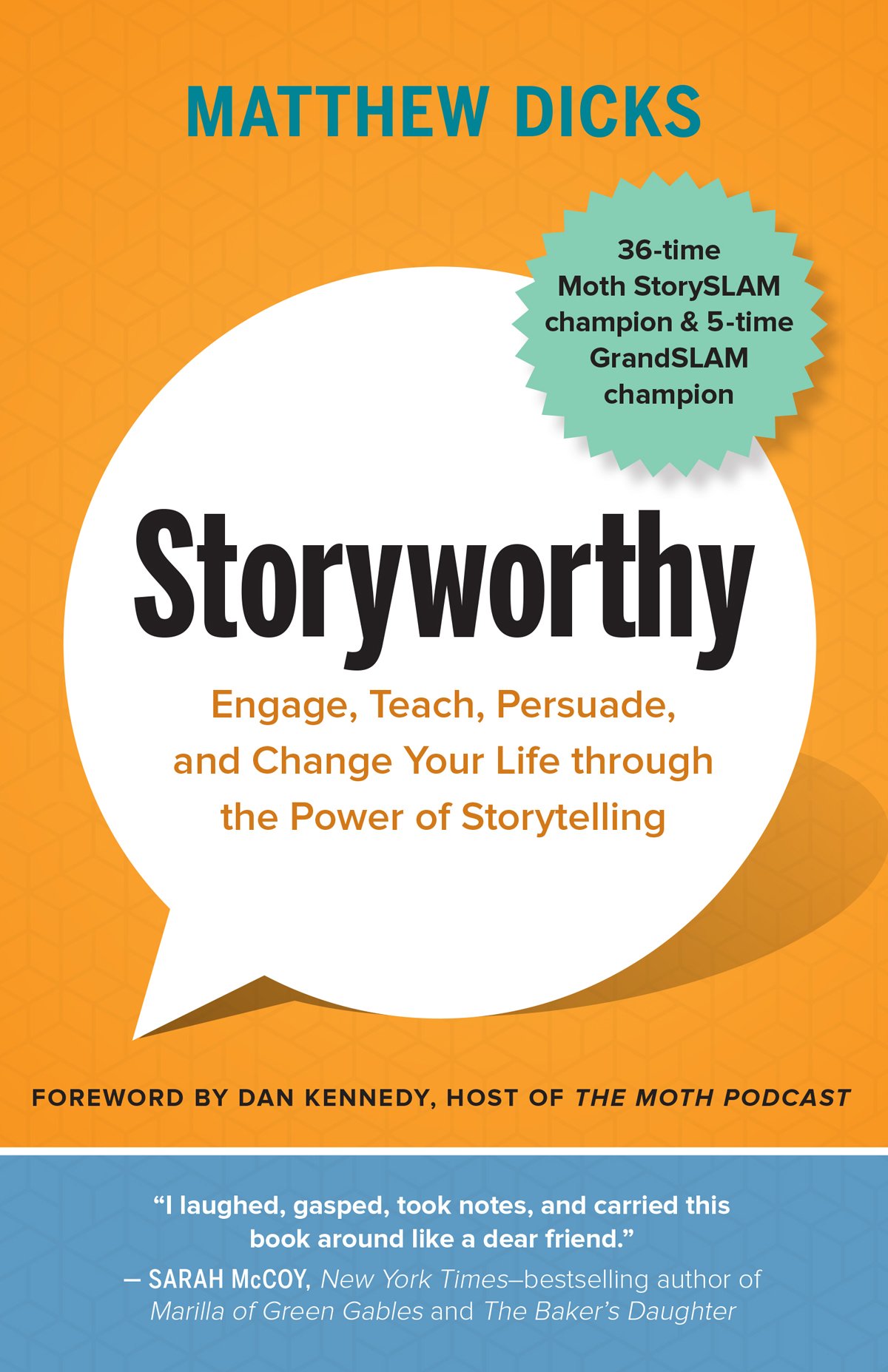I’ve been thinking a lot about jewelry.
Jewelry seems to serve three possible purposes:
- It enhances the appearance of the person wearing the items.
- It’s an opportunity to flaunt expensive belongings to signal wealth and prestige.
- It’s a conveyance of memory, tradition, or nostalgia.
The third purpose—conveying memory, tradition, or nostalgia—seems to make the most sense to me. Your great-grandmother passes down an antique ring to you, and when you wear it, you can reflect on and recall the memories you shared.
I get it. No confusion there.
But let’s look at the first two purposes.
One might argue that the primary reason that people wear jewelry is to enhance their physical appearance, and though this may be true for many, I would argue that for a significant portion of the population — including many who claim to be enhancing their physical appearance — jewelry actually serves as an opportunity to show off expensive and ostentatious possessions and has little to do with the actual appearance of the rings, necklaces, watches, and earrings.
Here’s why.
If the goal of jewelry is simply to enhance one’s appearance, then cubic zirconia, fake pearls, and similarly, synthetically produced items of jewelry should be perfectly acceptable to any wearer, regardless of their purchasing power, since it’s impossible to distinguish between genuine stones like diamonds and their artificial counterparts without a microscope and a jewlry expert.
To 99.99% of human beings, a fake diamond and a real diamond are indistinguishable.
If a person’s intent in donning a diamond necklace is to improve their overall image by directing attention to their neckline and adorning their body in sparkling stones, then why not purchase a necklace made of cubic zirconia every time and save the pile of money for a rainy day?
Unless an actual jeweler is examining the stones under magnification, no one would ever know the difference.
Right?
This leads me back to reason #2:
While jewelry may enhance a person’s appearance, I suspect that in many cases, it has more to do with the opportunity to flaunt an expensive belonging. Unable to drape oneself in hundred-dollar bills, expensive cars, or beach homes, precious metals and stones serve the same purpose and are much prettier.
While cubic zirconia might be just as beautiful as the real thing, people want others to believe that their expensive-looking jewelry is the real thing.
This is where the desire for beauty and the desire for expensive baubles diverge.
Take a guy who chooses to wear a $25,000 diamond-encrusted bracelet. Am I expected to believe he purchased this high-end bracelet because its appearance is superior to its identical $500 counterpart?
Or is it more likely that the man has purchased this watch as a public display of wealth?
If he claims he likes the look of the diamonds, why not purchase cubic zirconia? If I were to replace the actual diamonds with synthetics, he would never know, yet he doesn’t purchase the synthetics.
Why?
Or how about the woman with the $16,000 designer handbag? How difficult would it be to find a bag with a similar style, color, and shape for under $1,000?
Has the handbag been purchased for its actual appearance, or was it more about its popularity, the designer label’s blatant embossing, and the public’s awareness of the bag’s retail price?
Or how about the person with the three-carat diamond ring? A cubic zirconia reproduction of the same ring would cost a fraction of the price and would be indistinguishable without the assistance of a trained expert and a high-powered lens. Yet, most people would want nothing to do with the fake.
Why?
For many — if not most — people, jewelry is an opportunity to flaunt expensive belongings and signal wealth.
It’s the same reason that people wear Lacoste polo shirts even though:
- Alligators are ugly and look stupid on a shirt
- Even on sale, the shirt is still overpriced simply because of the label
- Donning these shirts converts the wearer into a walking billboard for clothing manufacturers
The shirts are expensive, and everyone knows it. Like a genuine diamond, both serve as an economic status symbol.
Don’t get me wrong:
I have even participated in this display of wealth. While I wear no jewelry, no watch, and avoid all branding on my clothing, when it came time to purchase Elysha an engagement ring, I bought a real diamond as opposed to a fake because purchasing an expensive ring signified to Elysha that I meant business:
“I really want you to marry me, and I want the cost associated with this ring and its authenticity to signal the depth of my love to both you and the world.”
I wanted my future wife to enjoy the gift of a real diamond.
I’m just not fooling myself. I’m not wearing expensive rings, watches, necklaces, and earrings, claiming that the real thing looks better, sparkles more, or is better quality, because that is rarely true.
We wear genuine stones because we want people to know that we mean business. We spent a lot of money. We can afford to spend a lot of money. Someone loved me enough to spend a lot of money.
Similarly, there is nothing inherently beautiful about a handbag adorned with the letter G or a shirt plastered with an alligator. It’s simply a means of identifying the luxury designer and, thus, the price.
It’s not exactly logical, and for many, I suspect the desire to drape oneself in high-ticket items isn’t for the noble reasons they often claim.
It’s not only about beauty. For a whole bunch of people, purchasing and donning expensive jewelry is also born of a need and desire to be seen as a person with a certain degree of wealth, power, or desirability.
I’m not complaining. If that’s what is desired, so be it.
Just don’t fool yourself into thinking otherwise.









